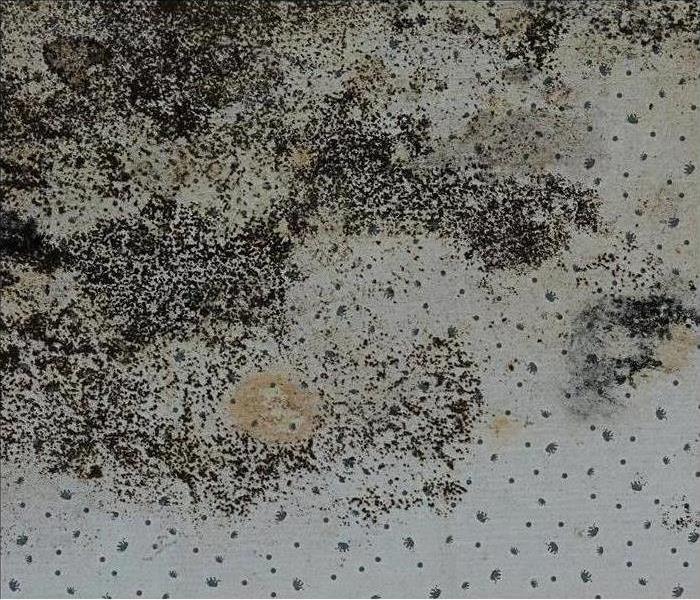3 Differences Between Mold and Mildew
9/12/2022 (Permalink)
Mold and Mildew: What's the Difference?
The terms mold and mildew are often used interchangeably, but there are significant distinctions between these types of fungi. In the most general sense, mold grows on moist organic surfaces whereas mildew is a parasitic fungus that grows only on living plants. If you want to seek an expert opinion concerning the extent of mold growth or mildew growth or mold damage in your home, you should call a certified service specializing in testing, clean-up, and restoration in Enumclaw, WA.
1. Mildew is a type of fungus. This obligate plant parasite grows on living plants and is recognizable by its white or light gray appearance. Mildew is very common and does not pose the same risks as mold.
2. Mold requires a combination of moisture and organic material to grow. Mold may appear in a variety of different colors. Even white or light gray growths on surfaces that are not plants are mold, not mildew. You should contact a mold damage expert if you find or suspect that mold is present in your home.
3. Mildew can be either powdery or downy in appearance. Powdery mildew is a fungal disease that causes powdery spots or patches to appear and grow until they form a coating over the surface of the leaves of a plant afflicted with mildew. Downy mildew is visible along the undersides of leaves and may feature small black spots or cause leaves to become discolored.
It is easy to distinguish between mold and mildew once you know that mildew affects plants. If you are concerned about mildew growth, you may want to try removing and destroying affected portions of a plant, improving air circulation, changing the direction from which you water, or using a fungicide. If you see or suspect mold growth, contact a company that tests for mold and cleans up residential mold damage in Enumclaw, WA.

 24/7 Emergency Service
24/7 Emergency Service
